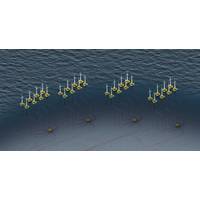
Subsea Redesign Underway for Floating Offshore Wind
coming from floating wind turbines and connect it to a collector hub that ultimately delivers the megawatts of energy it produces to a subsea substation and then to shore.There’s a lot that could go wrong. Cable failure is a high-cost problem for fixed offshore wind even though, like oil and gas applications, it involves static cabling. Dynamic cable failures are expected to be even more common when the floating wind industry takes off.Baker Hughes has leveraged its oil and gas experience to redesign and increase the power range of its Marine Electrical Connectors (MECON) high voltage AC wet
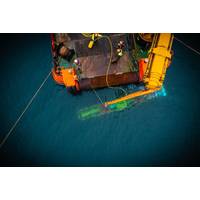
MTR100: Subsea Batteries
Subsea batteries are being configured to meet the demands of science and industry. In both cases, the aim remains to boost the endurance of underwater systems.Not that long ago, SubCtech claimed to be building the world’s largest and only Li-ion battery for subsea oil and gas applications - a 1MWh, 22-ton battery storage skid. The stakes are increasing in this upsizing market, with Kraken Robotics recently announcing an order for subsea batteries worth $16 million, adding to its already $120 million order book.The desire for underwater power infrastructure is growing as concepts such as mothership
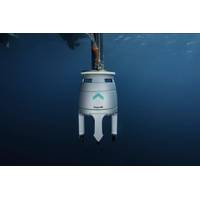
Grandeur Subserv Acquires Gaps M5 USBL for Shallow Water Ops
for any tracking operations, from diver to multiple subsea assets or inspection ROV tracking. Pre-calibrated, compact, and lightweight, it is easy to integrate and operate from any small vessel with reduced crew onboard or even deployed on instrumented buoys. This makes it ideal for nearshore oil and gas applications

Meet the Future of Visualization and Mapping Sonars
subsea. This world first technology allows the user to generate a real-time 3D image of the underwater environment regardless if low or zero visibility conditions prevail and has been successfully used on a wide variety of complex subsea projects and operations across the globe including in oil and gas applications, breakwater construction, asset placements and landings, port and harbor security, defense, mining and diving applications Our real-time 3D and geophysical product ranges are complemented by GNSS aided inertial navigation systems. The F180 series has a proven track record in the marine survey
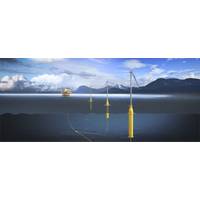
WIN WIN: Wind Powered Oil Recovery Concept Progresses
.” “We are encouraged by the success of the first phase and look forward to continued collaboration as the project progresses,” said Tom Schuessler, president, ExxonMobil Upstream Research Company. “Recent advancements in wind technology, particularly in offshore oil and gas applications, are improving the economic feasibility and allowing for wind to contribute to the overall energy mix at a time when demand continues to rise.” “Eni is delighted to be part of the WIN WIN joint industry project to explore a step deeper the potential of a stand-alone
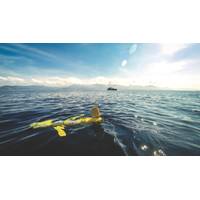
Delving Deeper with AUVs
or fixed-mooring monitoring approaches, lowering both project costs as well as health, safety and environmental risks. Initially gliders were used extensively for academic and military applications but over the past few years, they have been increasingly adopted for a wide variety of oil and gas applications including pipeline leak detection, oil spill response, decommissioning studies, dredge/construction plume monitoring, environmental monitoring and metocean studies. Over time gliders have become more and more autonomous with less human interaction required as artificial intelligence
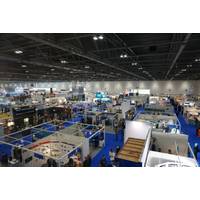
Oceanology International 2016 in Review
, UXO & geotechnical contract from Prysmian SLR for the MONITA project in the Adriatic Sea. Subsea 7 and 3D at Depth announced the completion of several metrology projects using subsea LiDAR technology in new configurations to help increase overall efficiencies in offshore oil and gas applications. Kongsberg Maritime Ltd, the U.K. division of Kongsberg Maritime, expanded its subsea Aberdeen-based rental pool, with the addition of its new MUNIN AUV. ASV has completed the construction of four C-Worker 5 vehicles. Ocean Scientific International Ltd (OSIL)
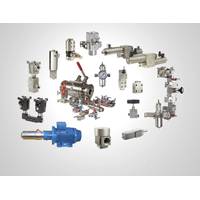
Rotork Acquires Bifold Group
of hydraulic and pneumatic stainless-steel directional control valves and accessories for hazardous, corrosive and subsea environments. Bifold provides electronic control and positioning systems and expertise for valves and pumps used in hazardous upstream and downstream oil and gas applications, with special expertise in wellhead control systems. Commenting on the acquisition, Peter France, Rotork Chief Executive, said, “This strategic acquisition is directly in line with our core strategy of strengthening Rotork’s presence in the flow control sector
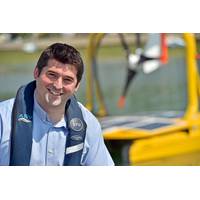
MTR100: ASV
the market for science and research with the delivery of two further C-Enduro vehicles following the prototype build in 2014. Operations with the C-Enduro have so far included the integration of Passive Acoustic Monitoring (PAM) systems and ADCP. Investigative work looking at using an ASV for oil and gas applications is continuing with the C-Worker 6. The first of its kind, this vehicle is designed to work offshore in oil field operations and has already completed subsea positioning, ADCP, acoustic modem and multi-beam survey operations. ASV continues to develop ASVs for Mine Countermeasures (MCM)


 February 2025
February 2025





